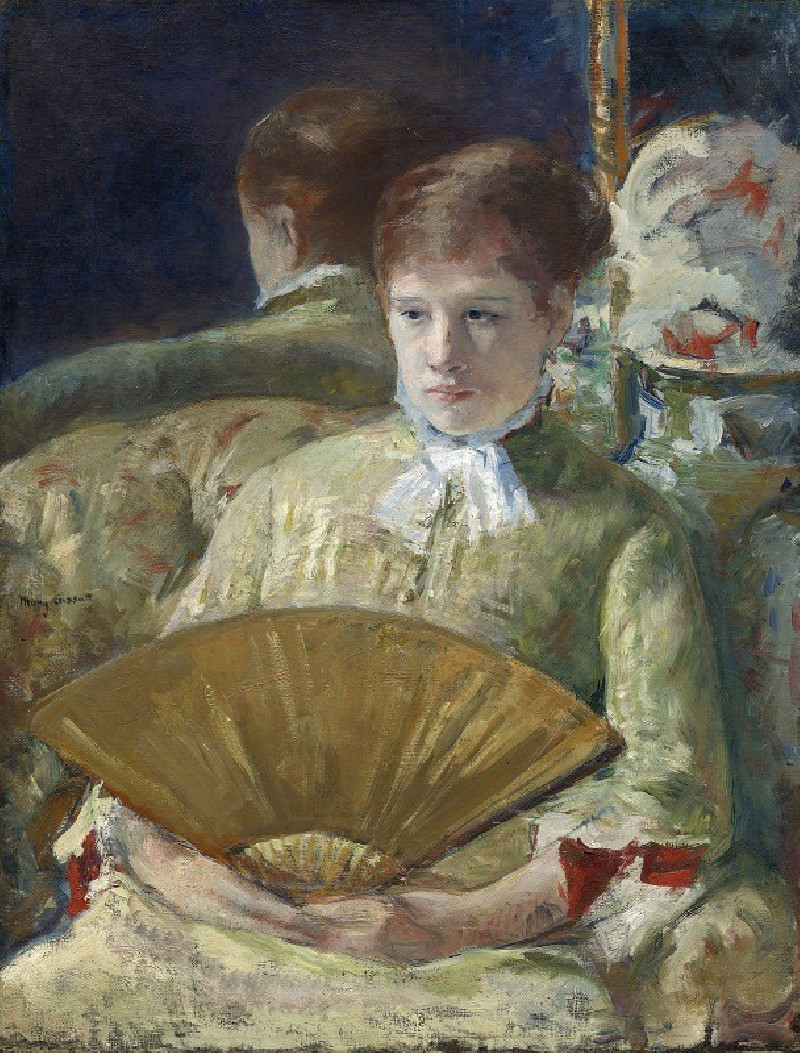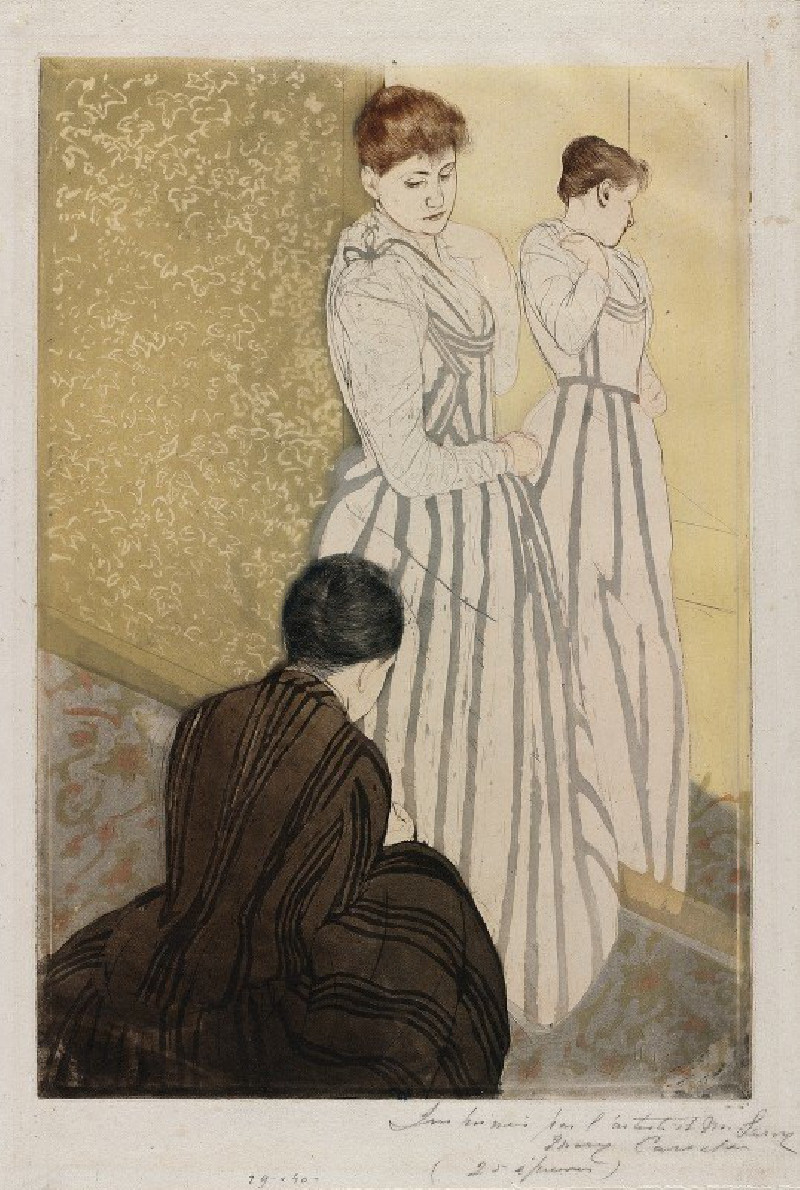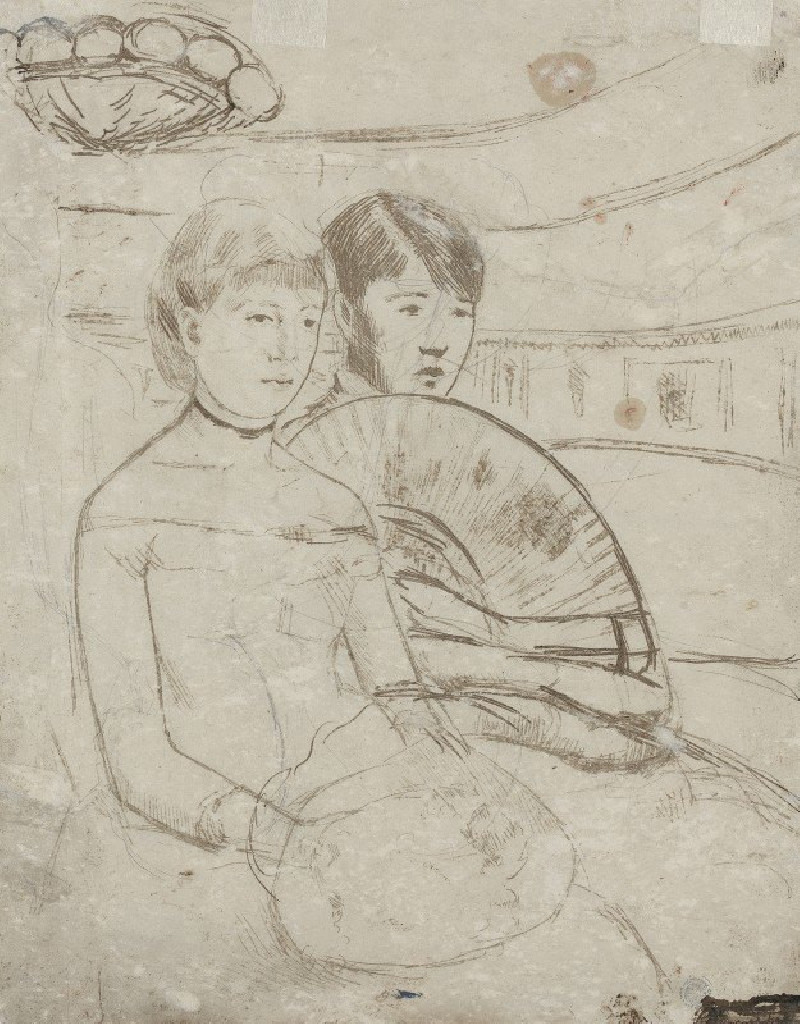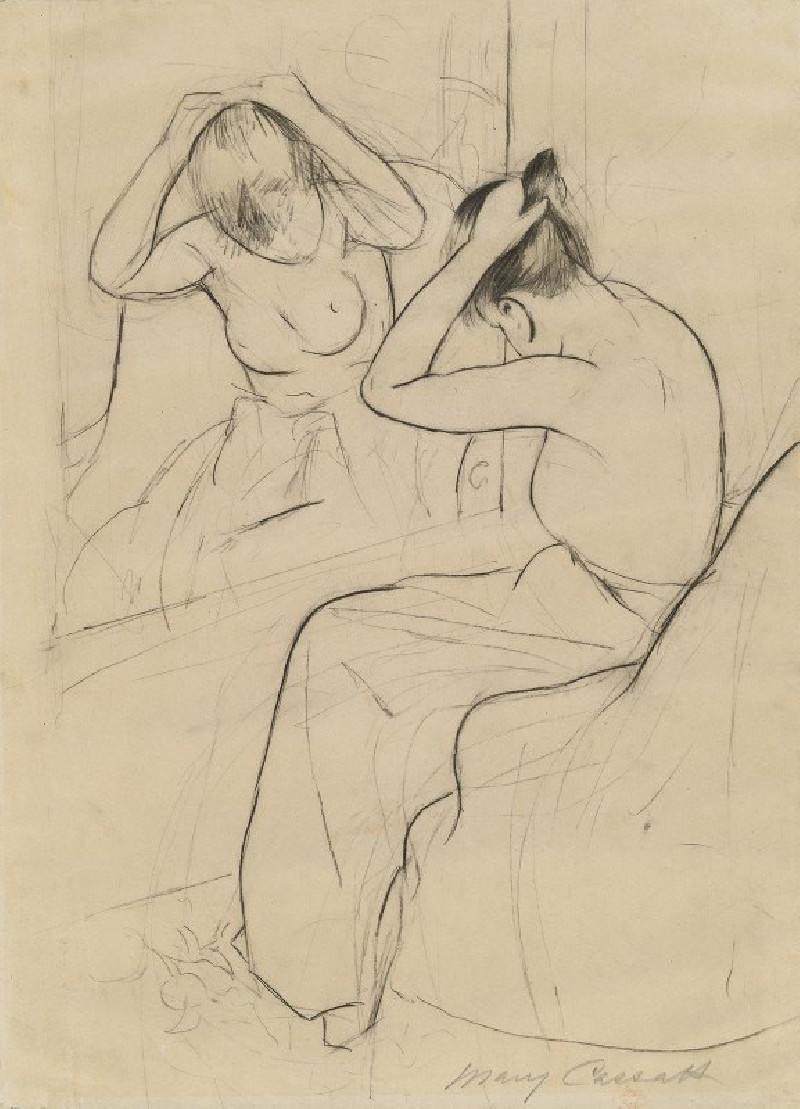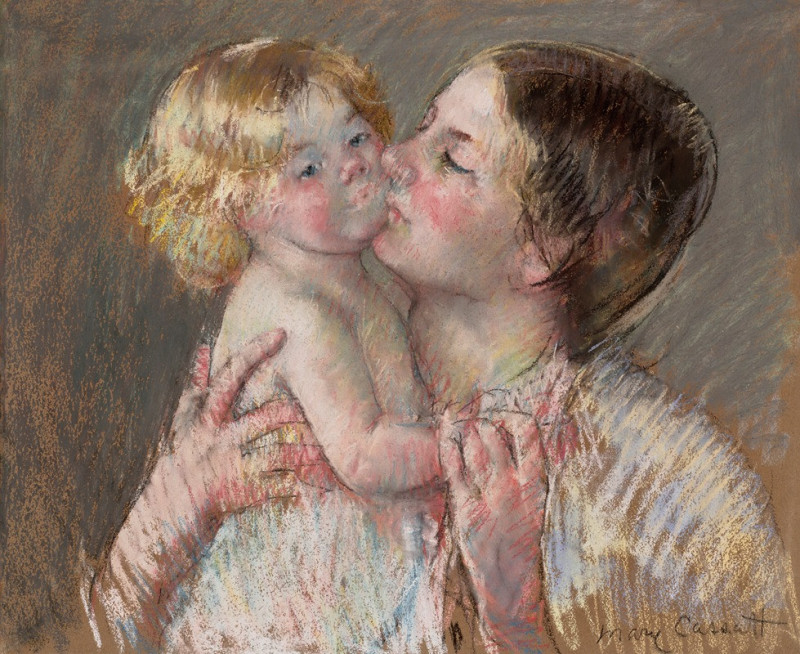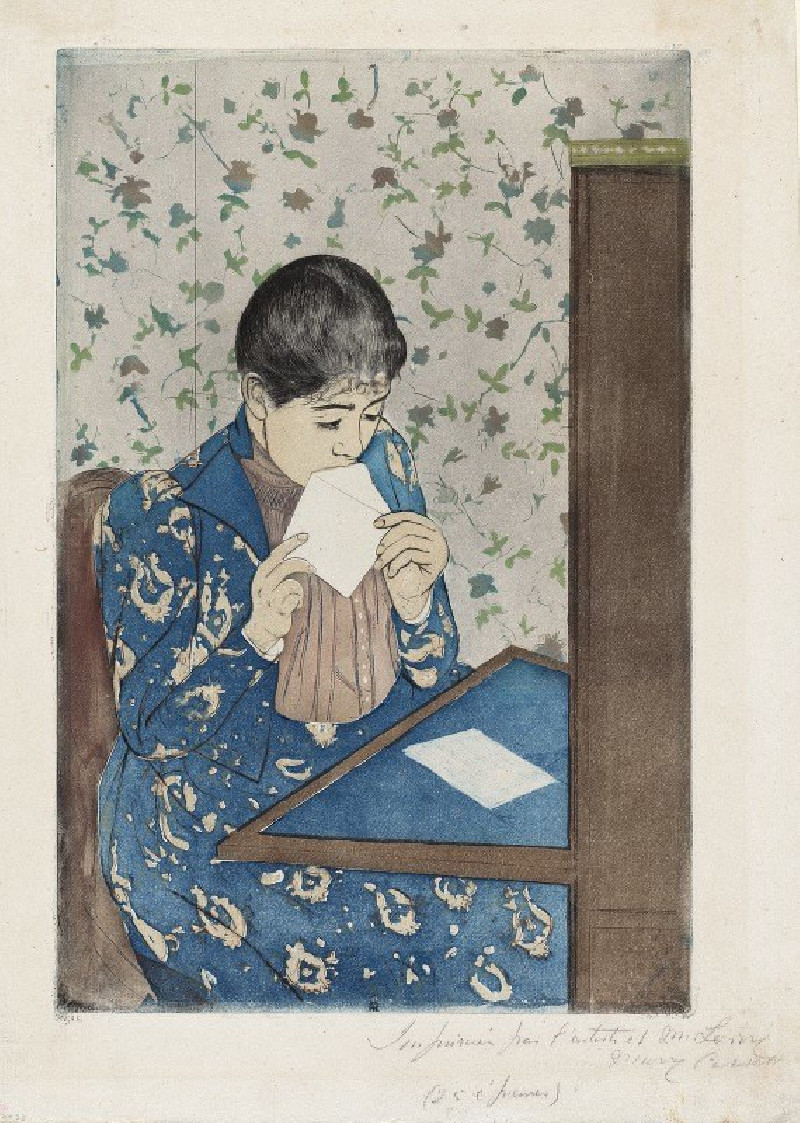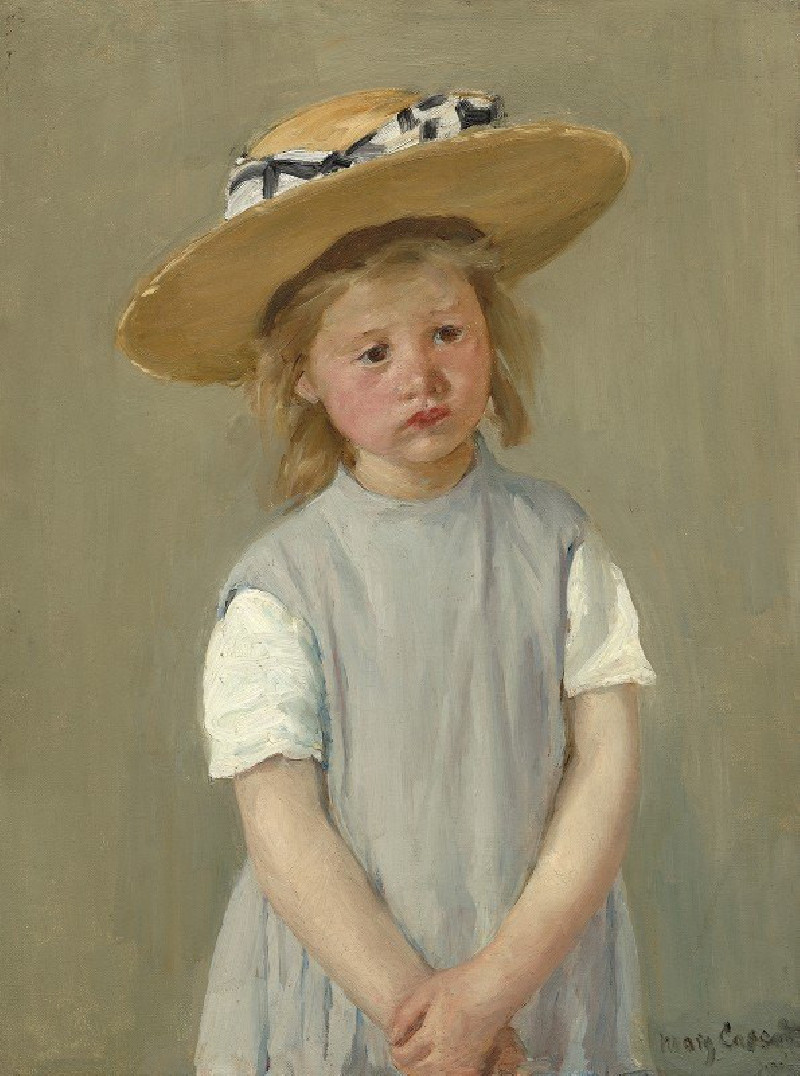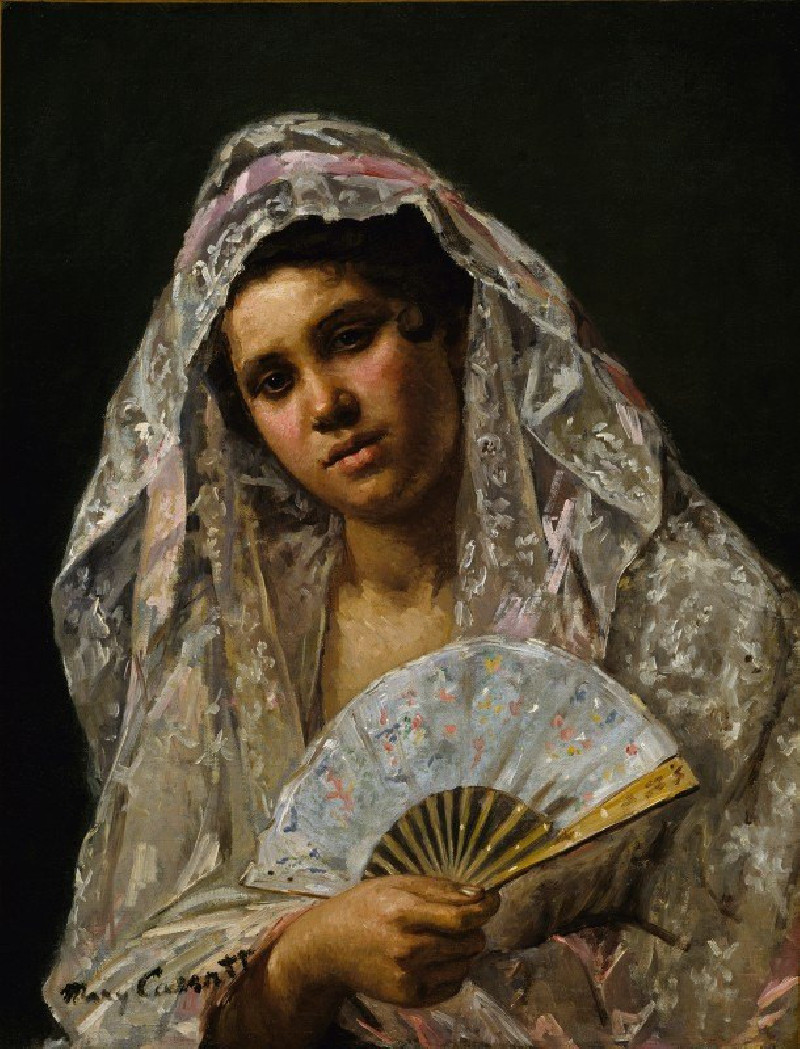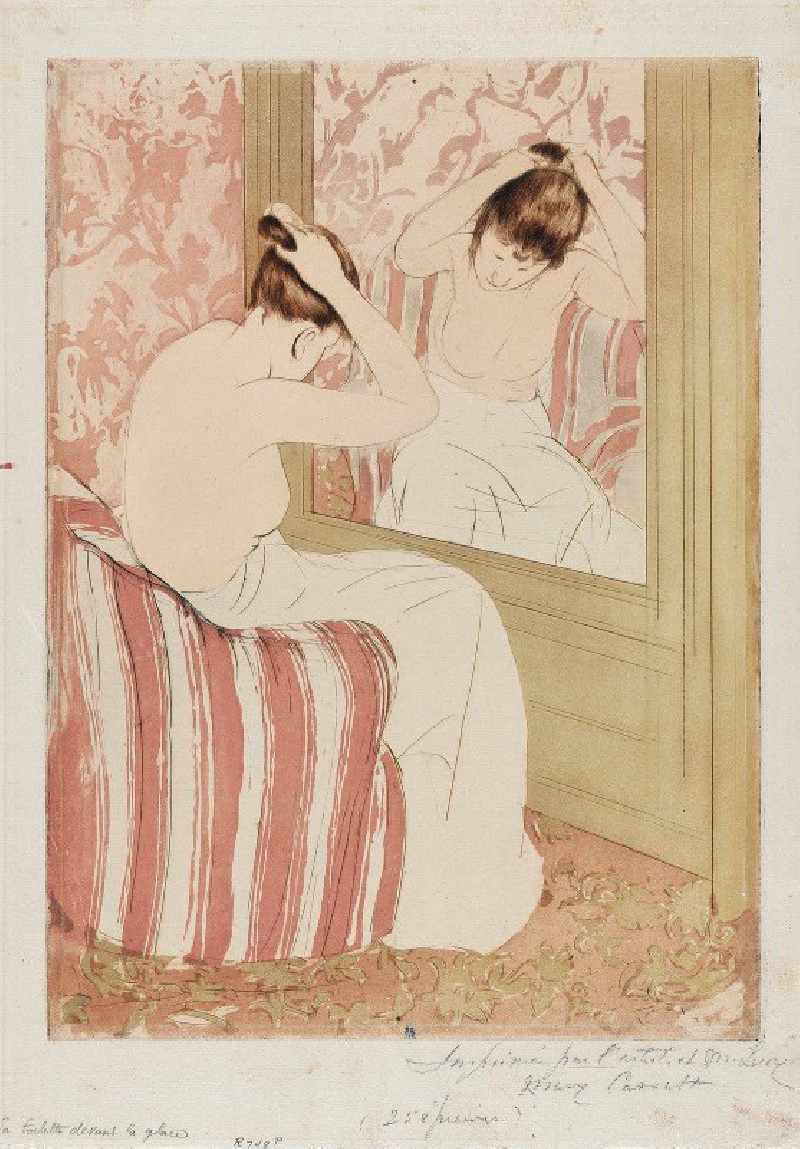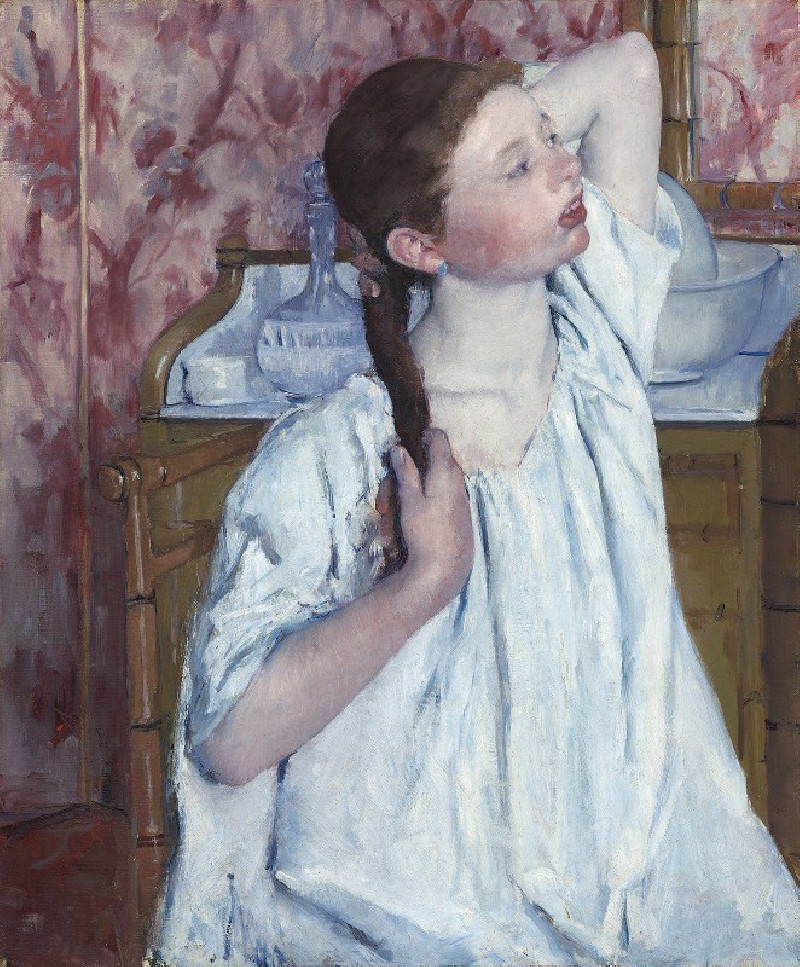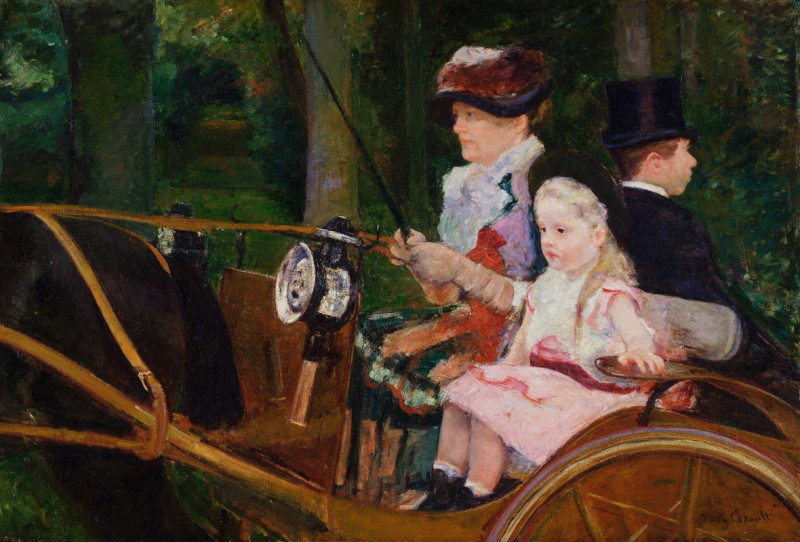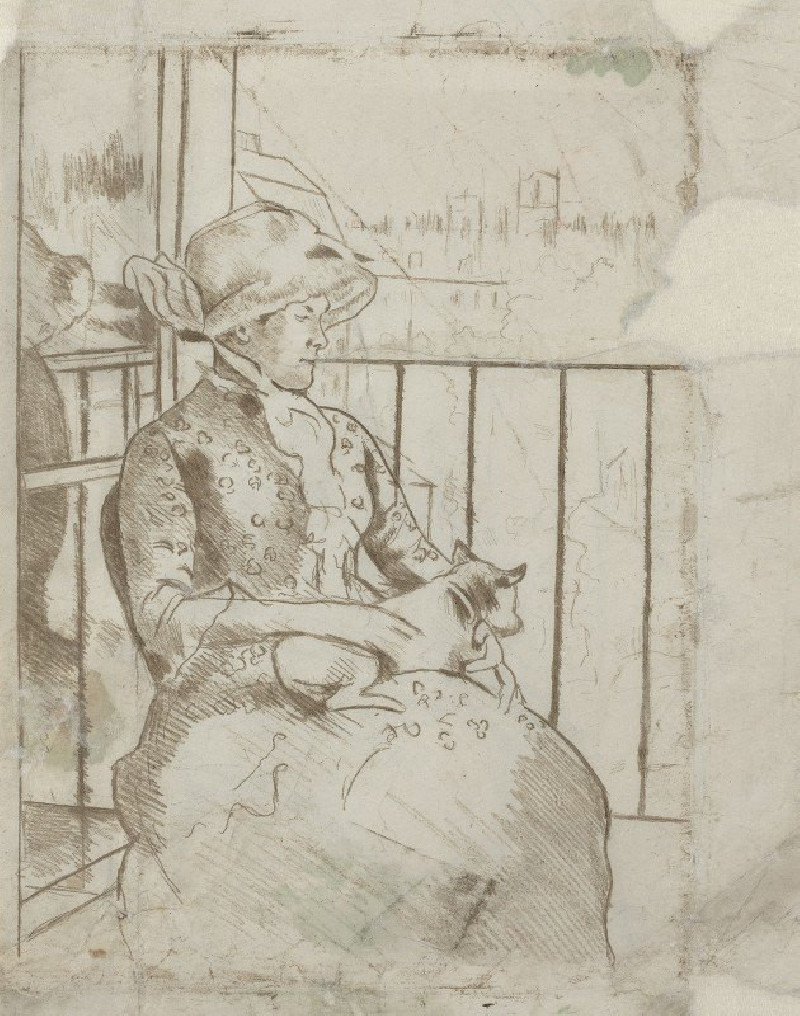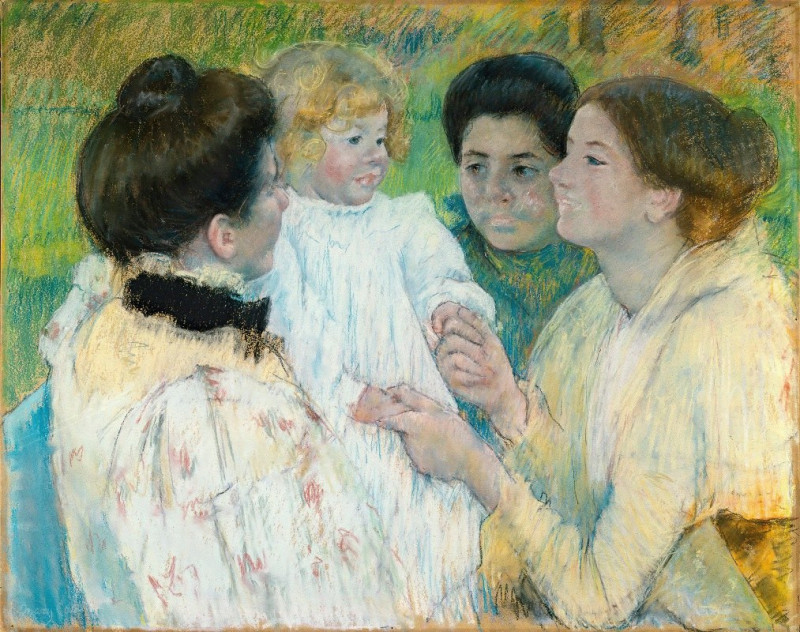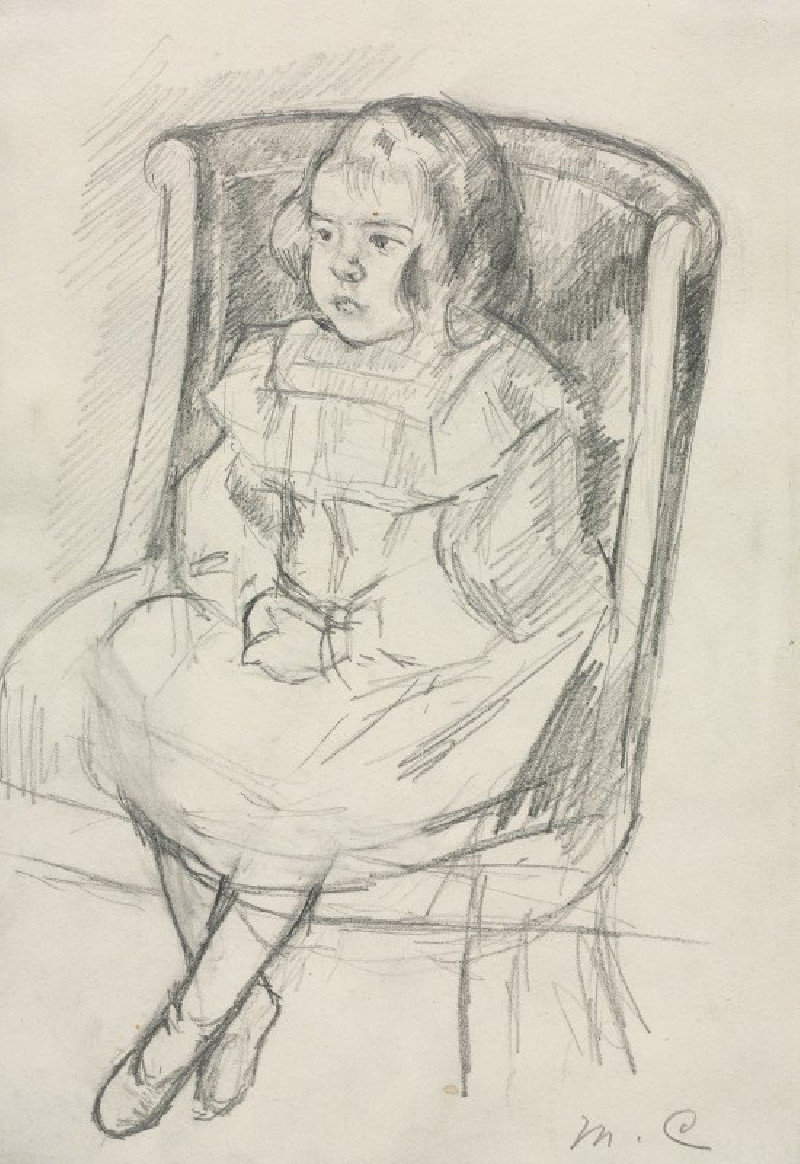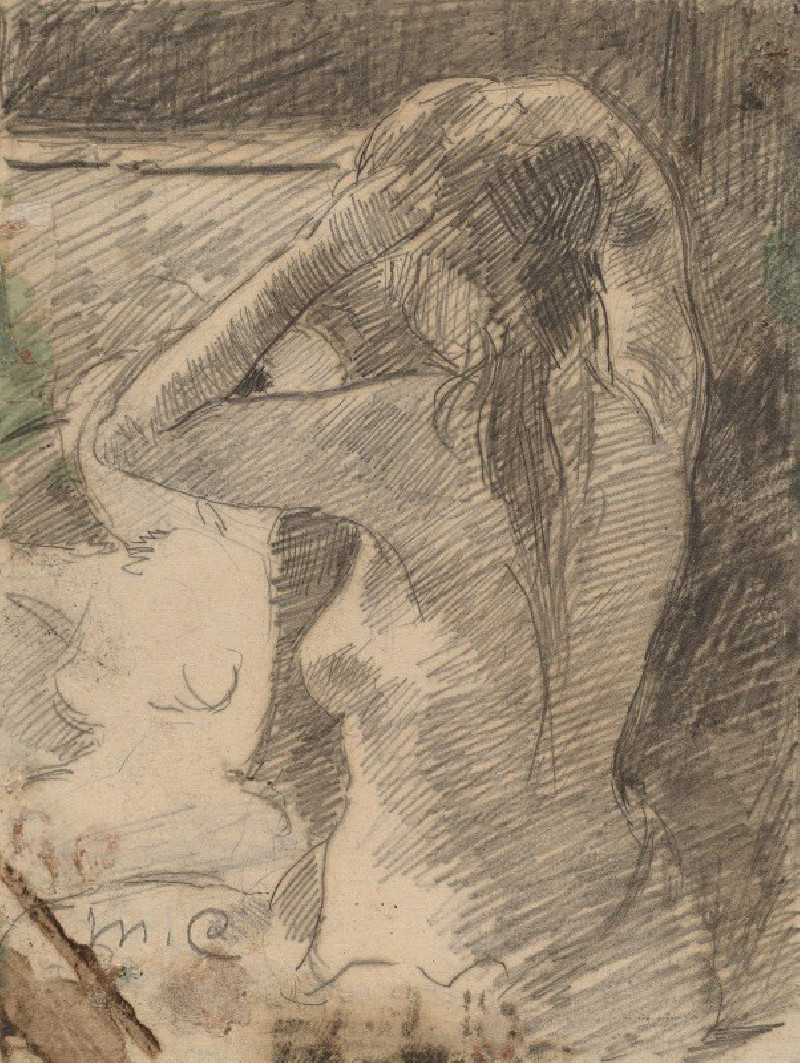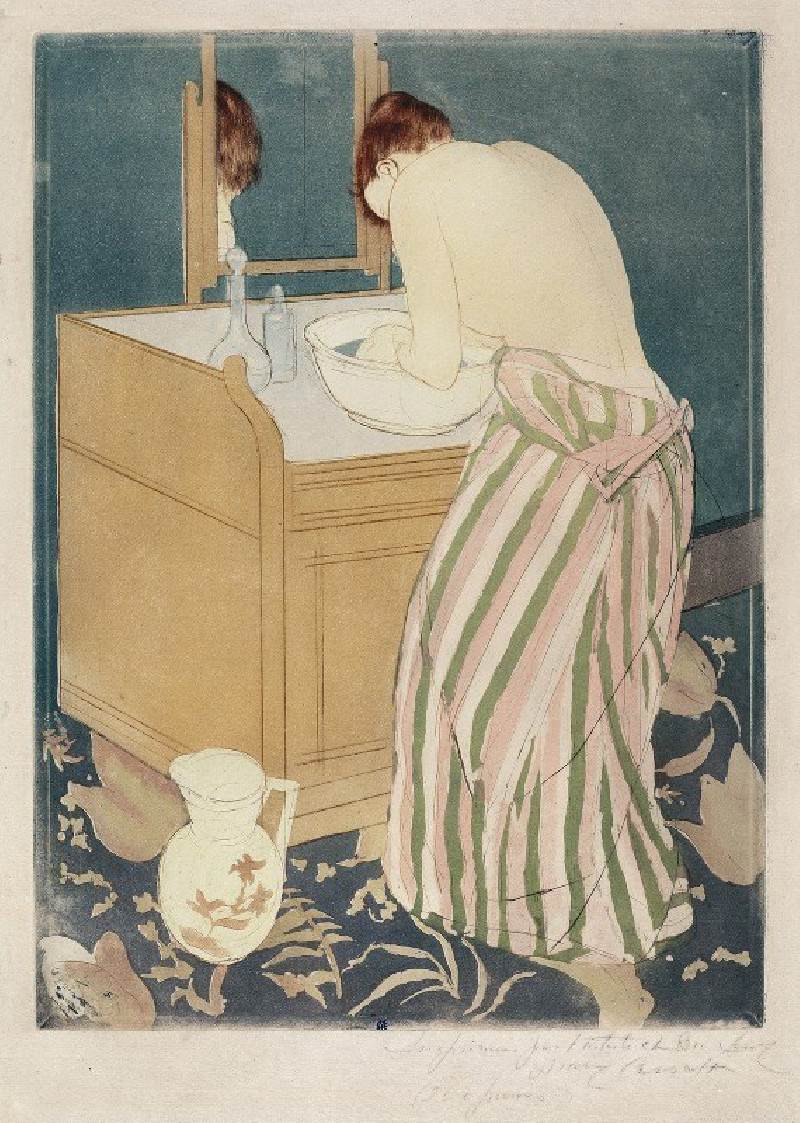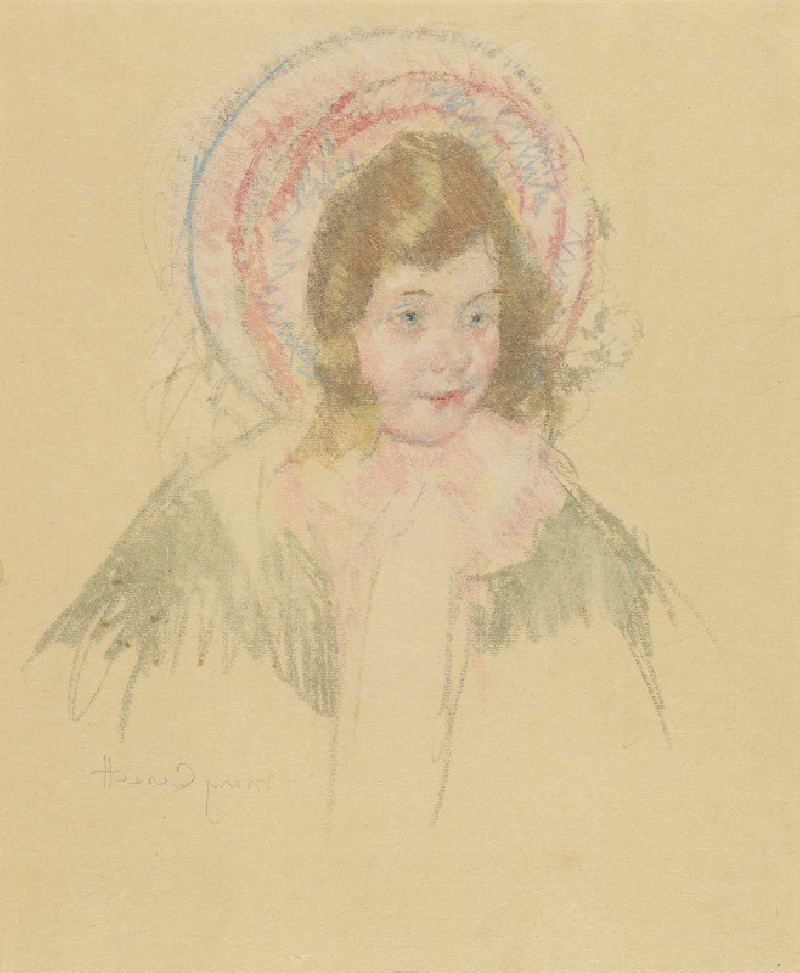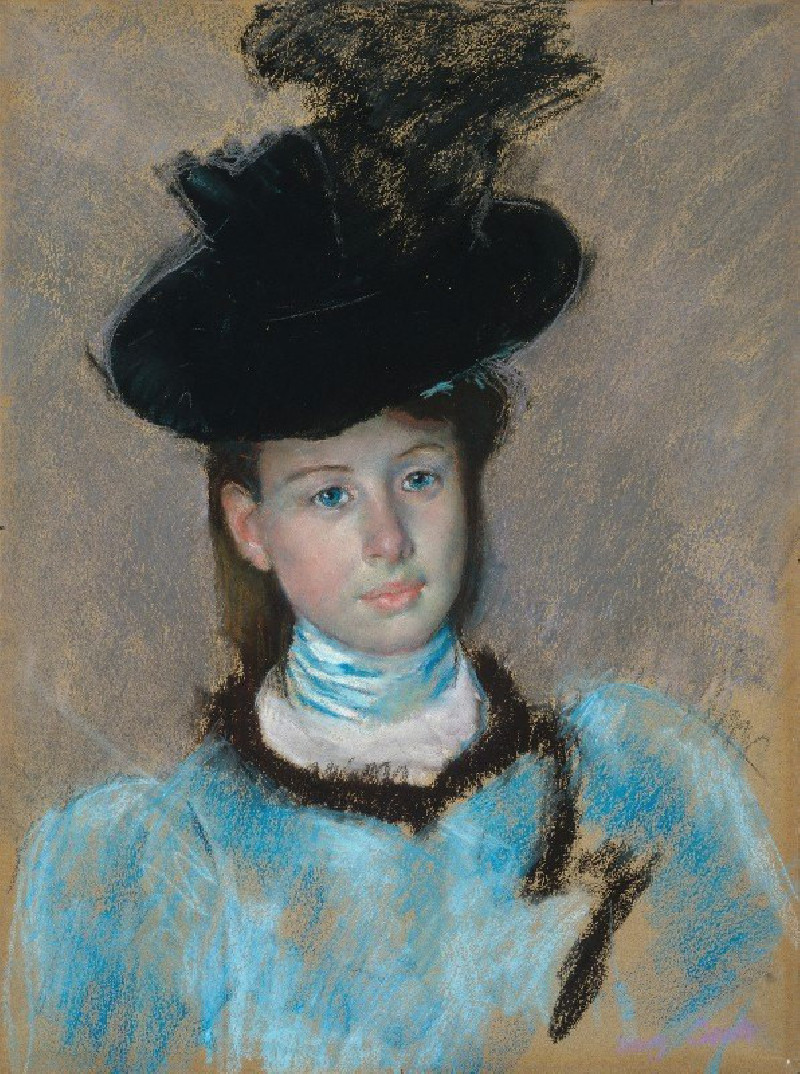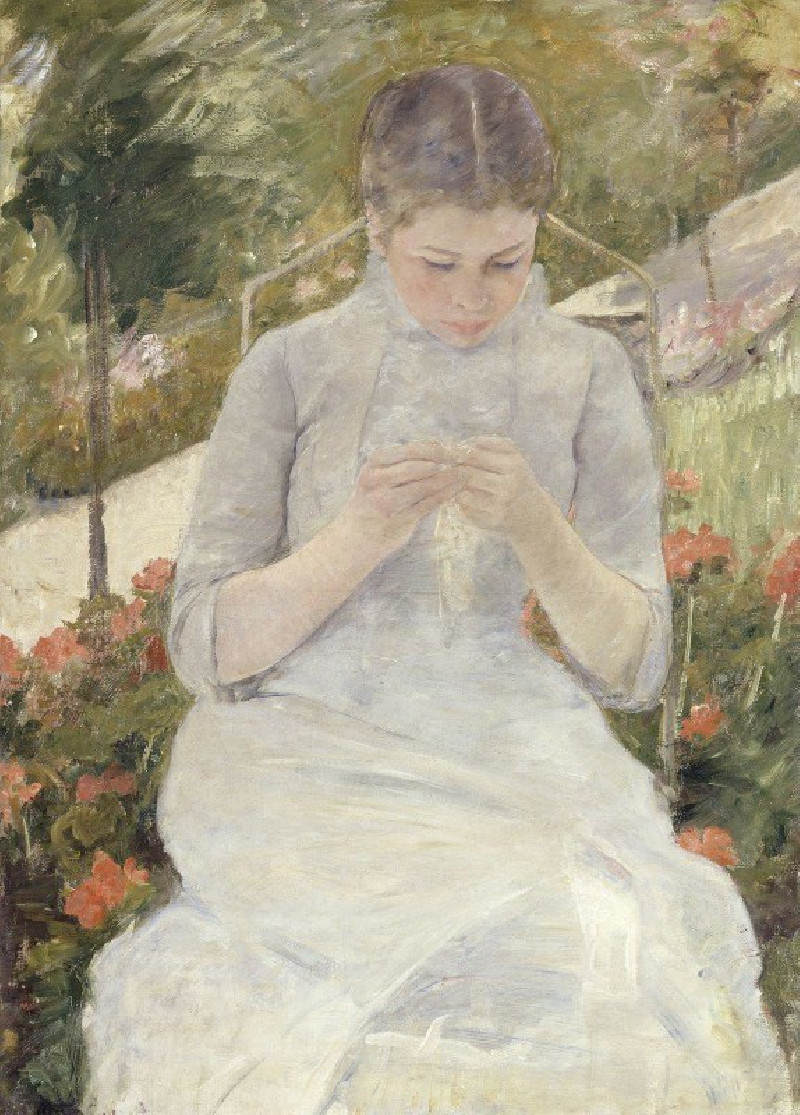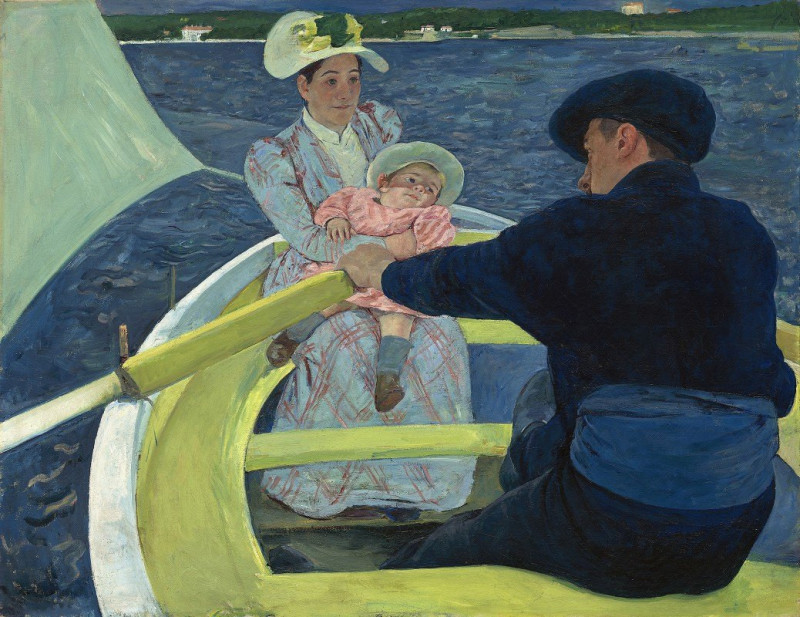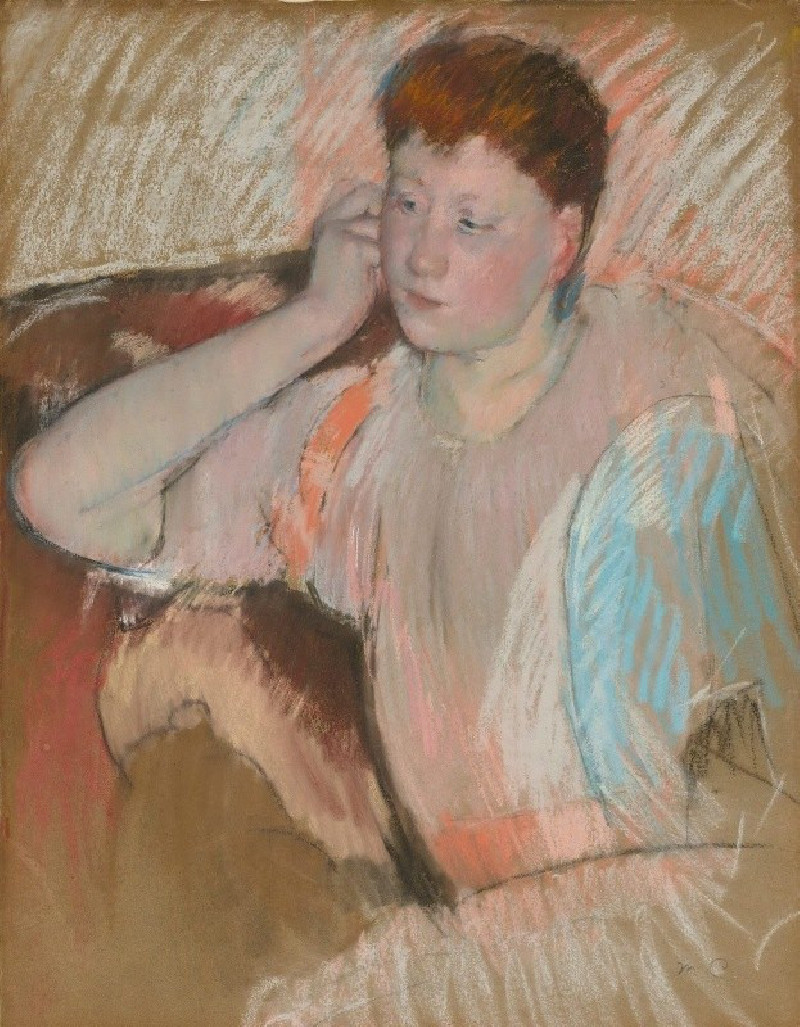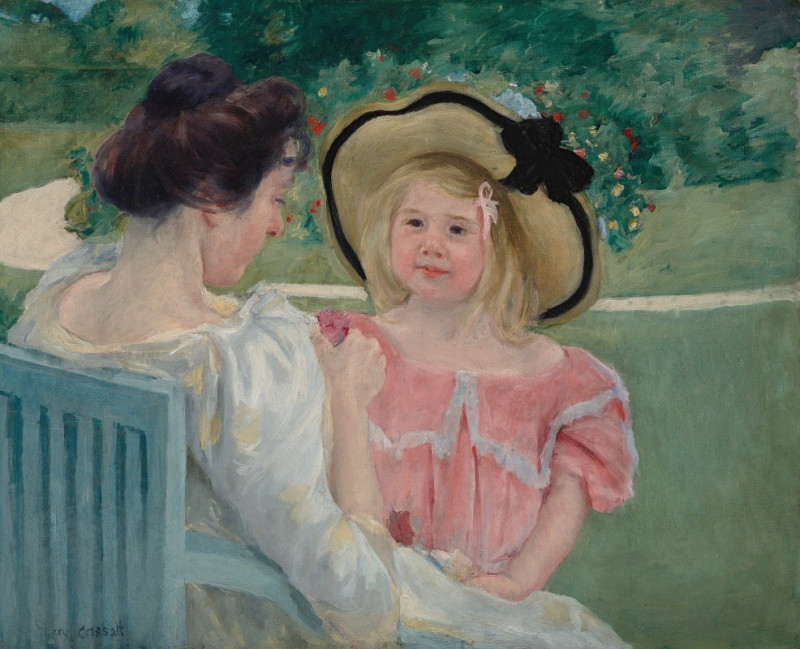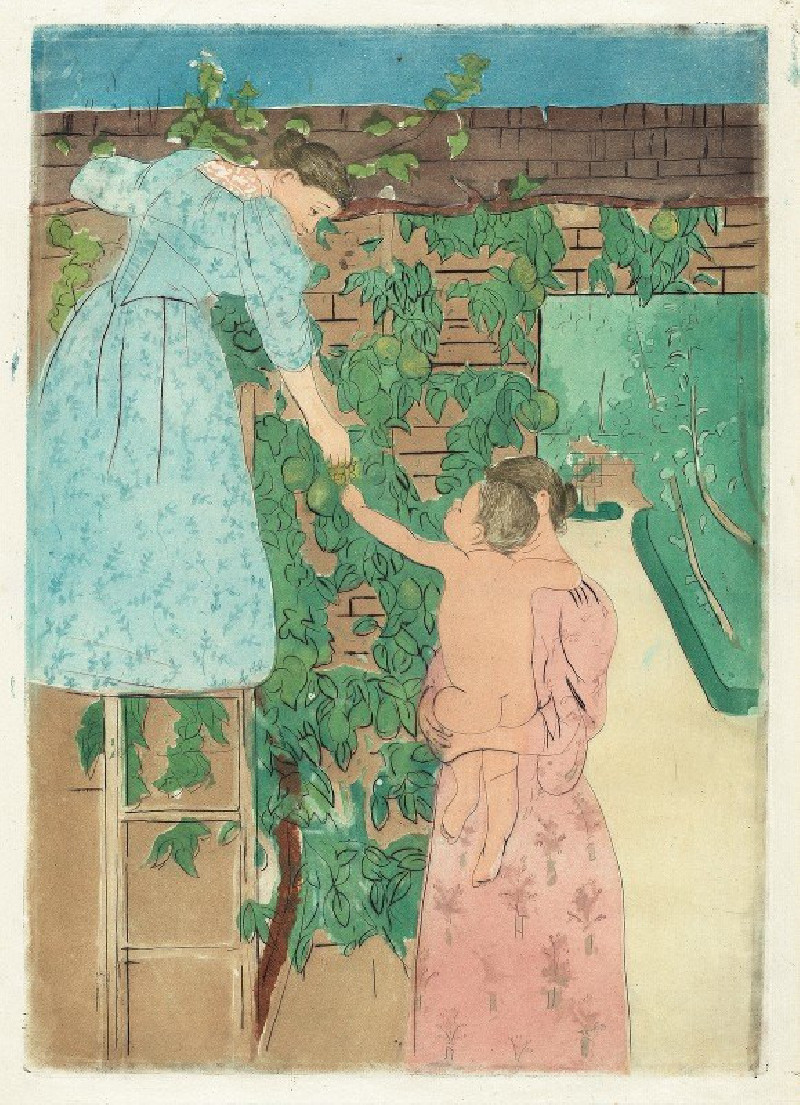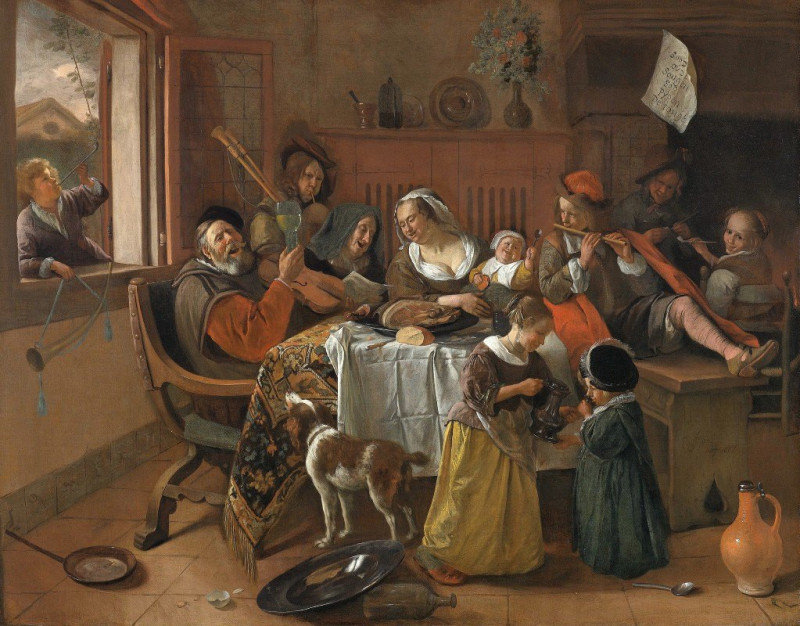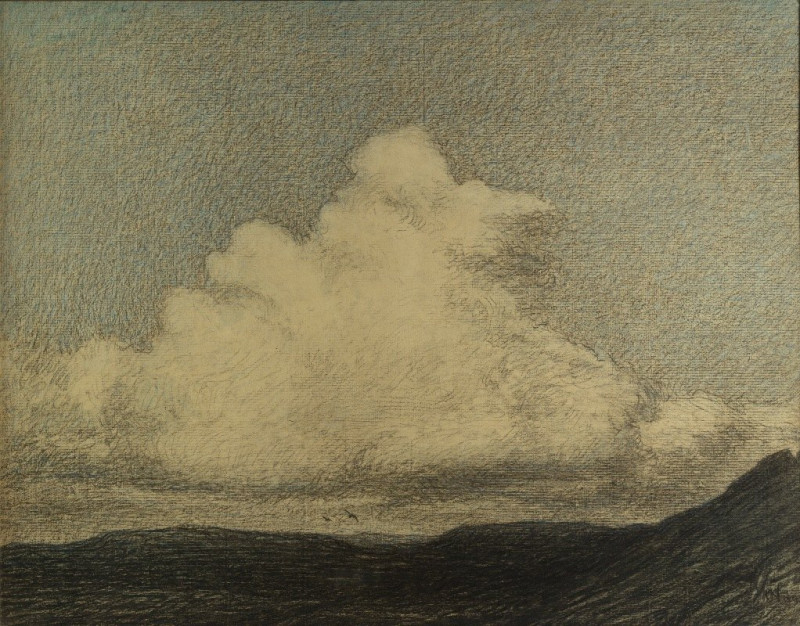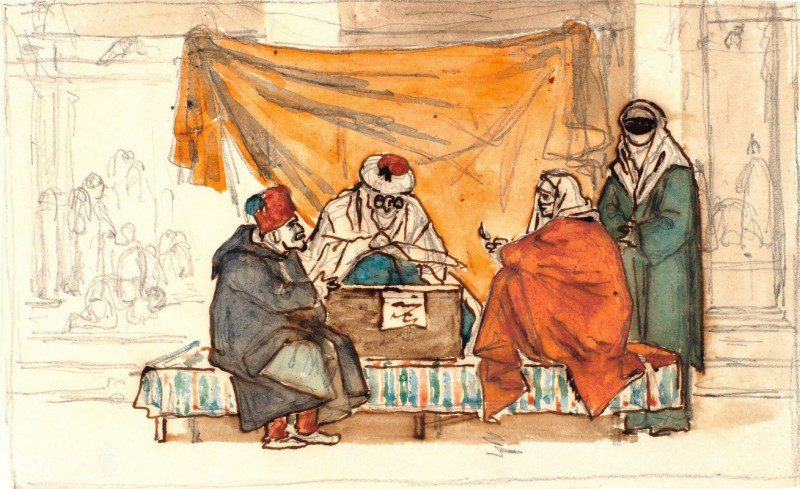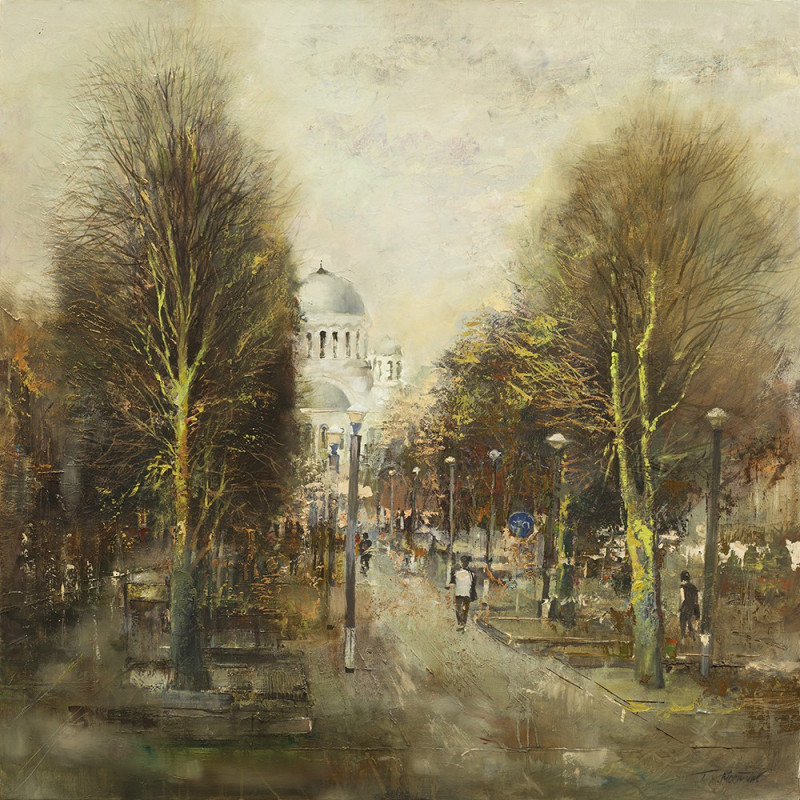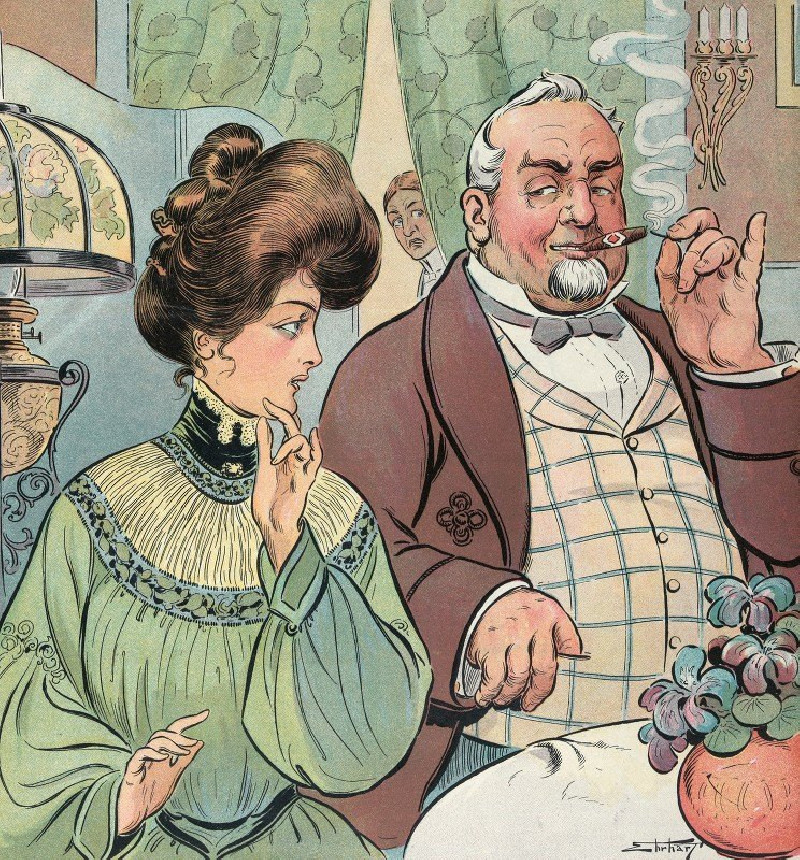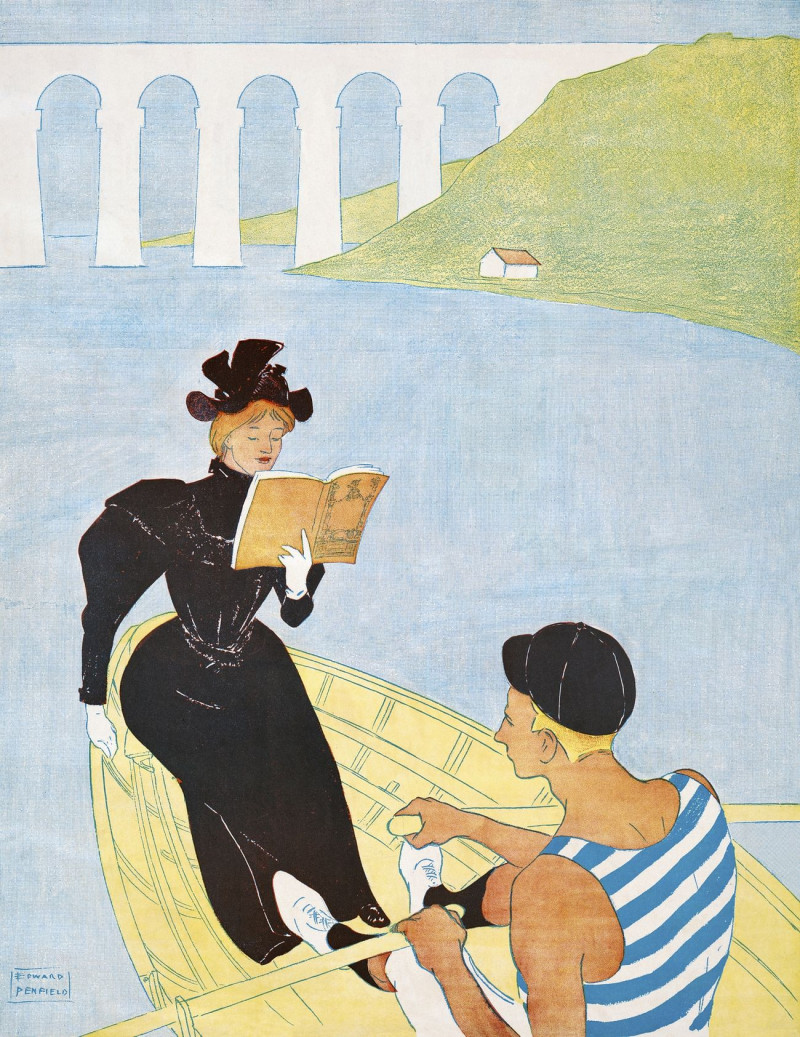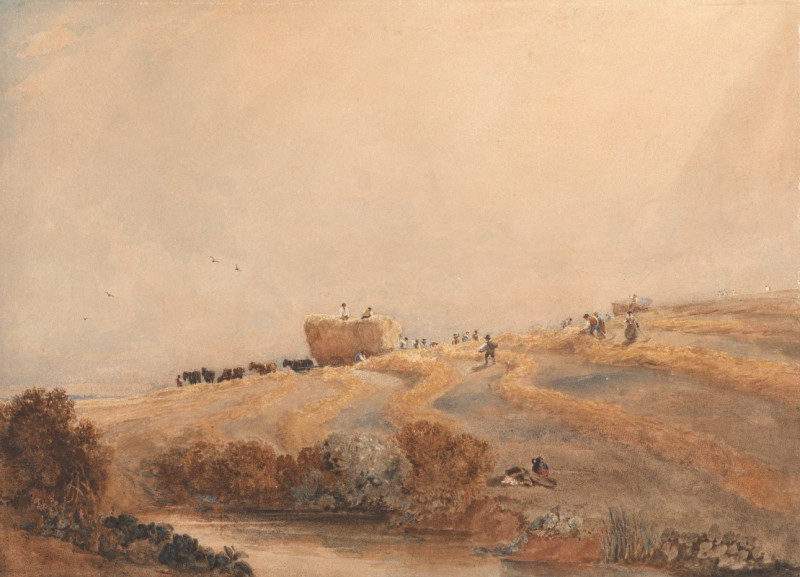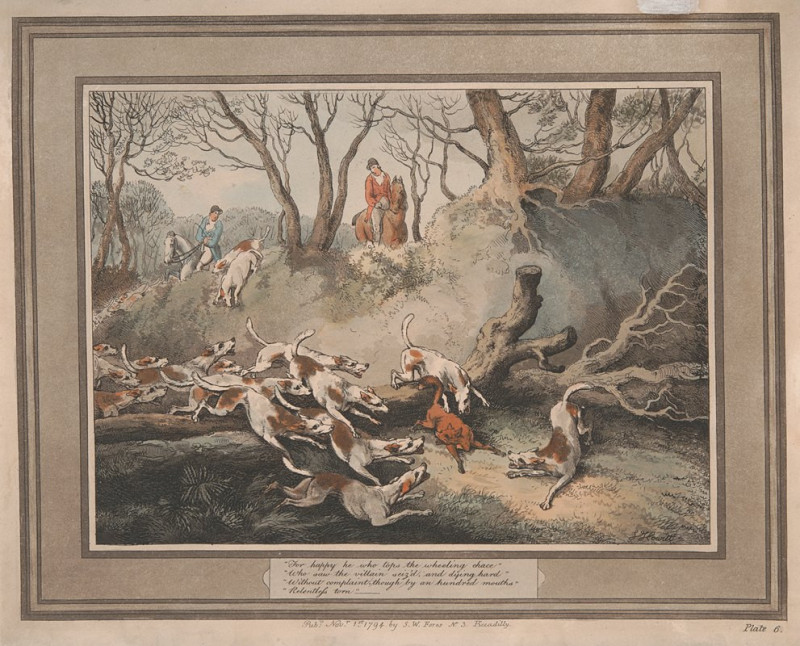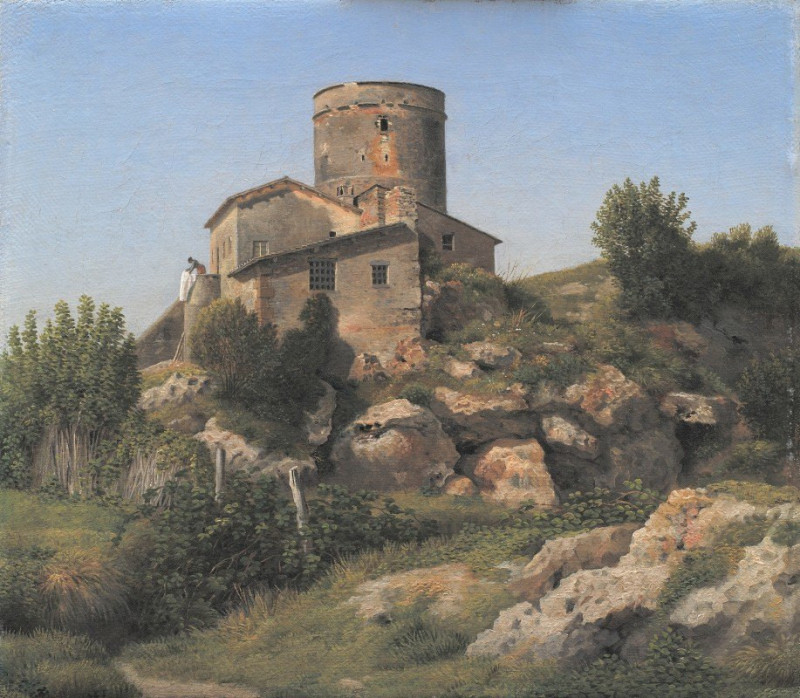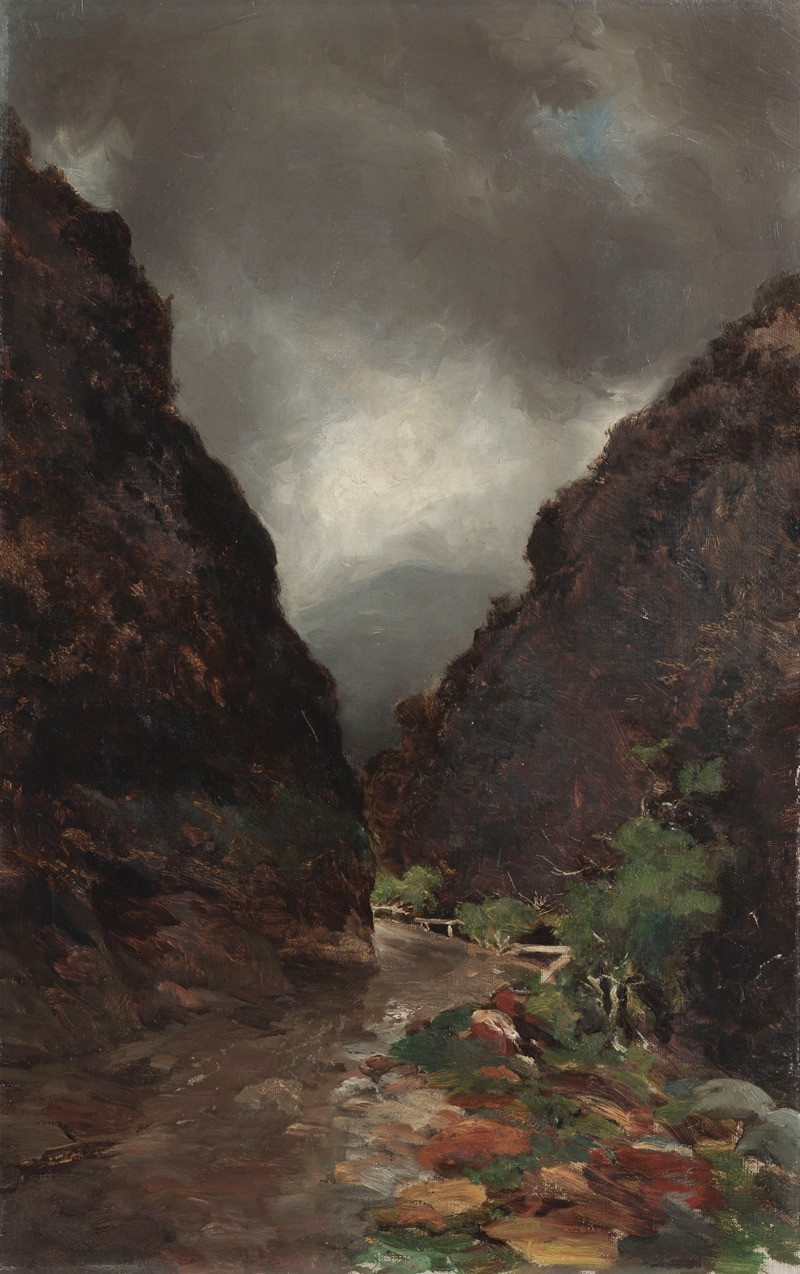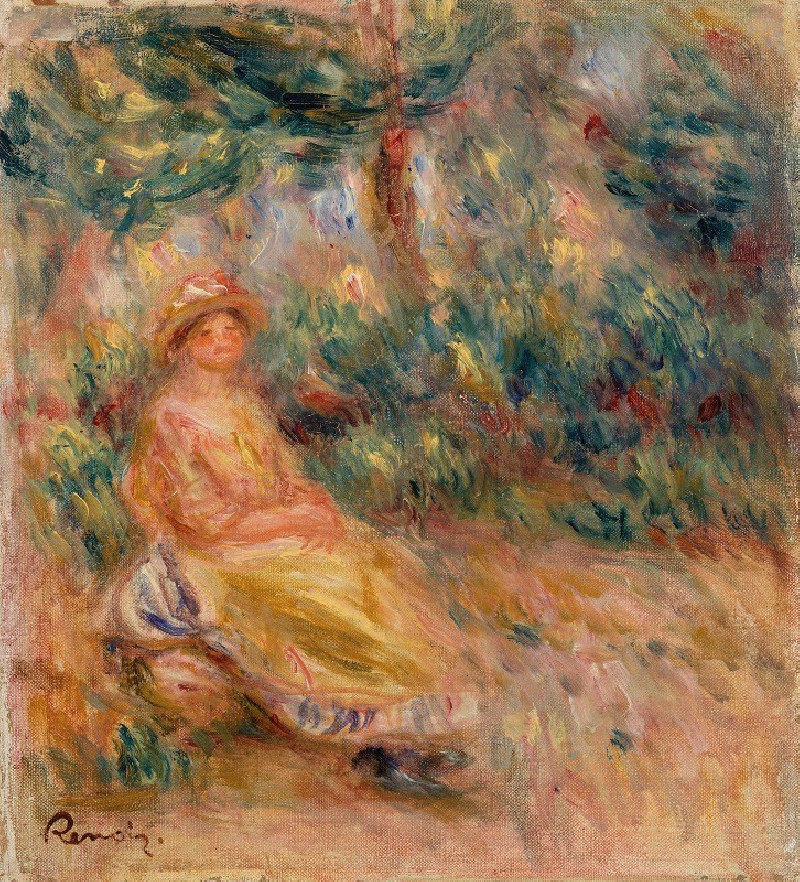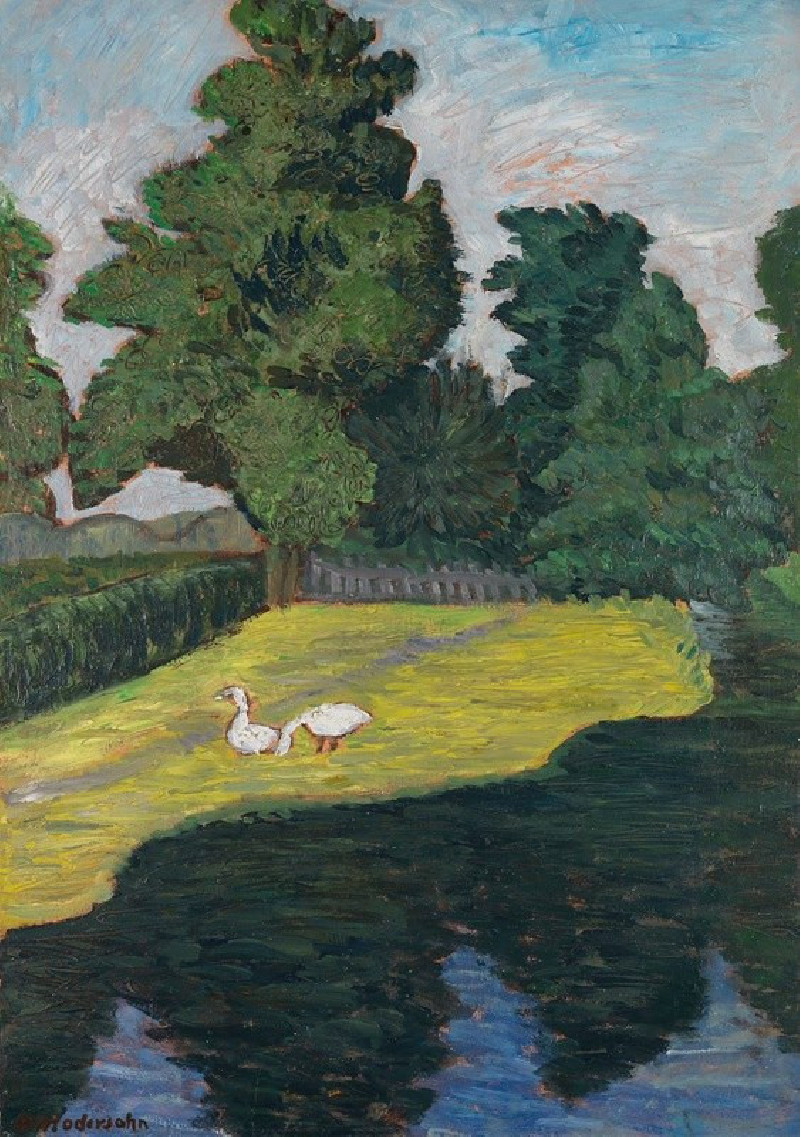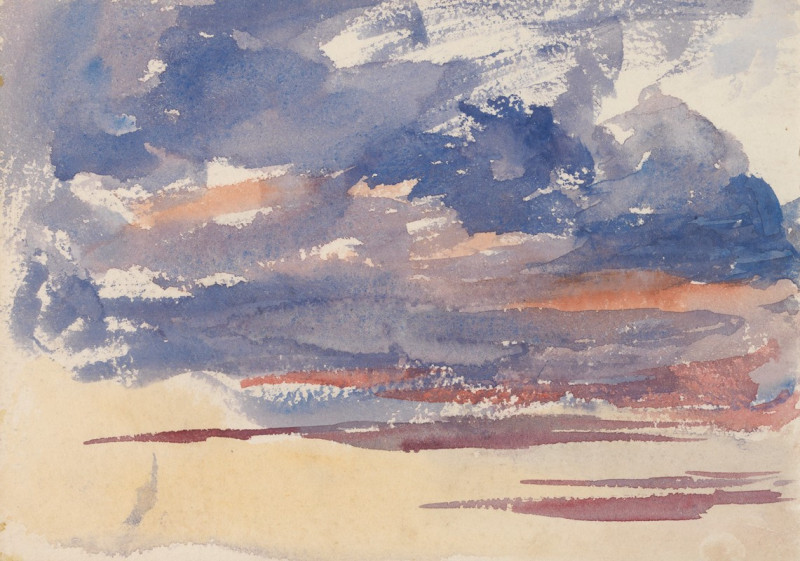The Letter (1890-1891)
Technique: Giclée quality print
Recommended by our customers
More about this artwork
"The Letter" by Mary Cassatt, painted during 1890-1891, is a sublime example of her soft and perceptive approach to portrait and domestic scene capture. This delicate pencil drawing displays a young boy absorbed in the act of reading a letter. The composition focuses closely on the figure, highlighting the introspective and quiet moment. Cassatt's pencil strokes are gentle, suggesting the tender age and contemplative mood of the boy.Cassatt, renowned for her contributions to the Impressionist movement, masterly captures the simplicity and emotion of everyday life. Her art often portrays women and children in intimate settings, but here she poignantly translates the universal experience of curiosity and reflection through a child's interaction with a piece of correspondence.This artwork, deep in its simplicity, invites viewers to ponder the possible contents of the letter and the thoughts crossing the young boy's mind.
Delivery
Returns
Mary Stevenson Cassatt was an American painter and printmaker. She was born in Allegheny City, Pennsylvania (now part of Pittsburgh’s North Side), but lived much of her adult life in France where she befriended Edgar Degas and exhibited with the Impressionists. Cassatt often created images of the social and private lives of women, with particular emphasis on the intimate bonds between mothers and children.
She was described by Gustave Geffroy as one of "les trois grandes dames" (the three great ladies) of Impressionism alongside Marie Bracquemond and Berthe Morisot.In 1879, Diego Martelli compared her to Degas, as they both sought to depict movement, light, and design in the most modern sense.


